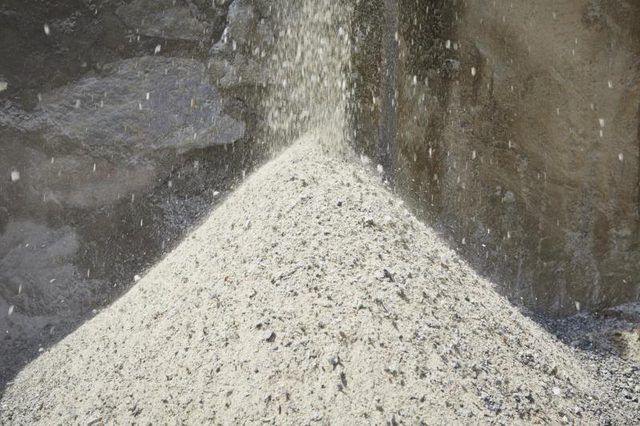Bulbs
Flower Basics
Flower Beds & Specialty Gardens
Flower Garden
Garden Furniture
Garden Gnomes
Garden Seeds
Garden Sheds
Garden Statues
Garden Tools & Supplies
Gardening Basics
Green & Organic
Groundcovers & Vines
Growing Annuals
Growing Basil
Growing Beans
Growing Berries
Growing Blueberries
Growing Cactus
Growing Corn
Growing Cotton
Growing Edibles
Growing Flowers
Growing Garlic
Growing Grapes
Growing Grass
Growing Herbs
Growing Jasmine
Growing Mint
Growing Mushrooms
Orchids
Growing Peanuts
Growing Perennials
Growing Plants
Growing Rosemary
Growing Roses
Growing Strawberries
Growing Sunflowers
Growing Thyme
Growing Tomatoes
Growing Tulips
Growing Vegetables
Herb Basics
Herb Garden
Indoor Growing
Landscaping Basics
Landscaping Patios
Landscaping Plants
Landscaping Shrubs
Landscaping Trees
Landscaping Walks & Pathways
Lawn Basics
Lawn Maintenance
Lawn Mowers
Lawn Ornaments
Lawn Planting
Lawn Tools
Outdoor Growing
Overall Landscape Planning
Pests, Weeds & Problems
Plant Basics
Rock Garden
Rose Garden
Shrubs
Soil
Specialty Gardens
Trees
Vegetable Garden
Yard Maintenance
Definition of Crusher Dust
Definition of Crusher Dust. Every day, quarries move large amounts of stone and aggregate. In the process of removing these materials from the earth and moving them, quarries create a large amount of dust that is made from very small stone particles, known as crusher dust. Crusher dust is also created when metals such as iron are separated from ore...

Every day, quarries move large amounts of stone and aggregate. In the process of removing these materials from the earth and moving them, quarries create a large amount of dust that is made from very small stone particles, known as crusher dust. Crusher dust is also created when metals such as iron are separated from ore and the resulting slag is crushed into fine particles. Crusher dust looks much like sand but is made up of angular particles with a rough surface.
Getting Your Fill
Crusher dust compacts very well, creating a stable surface. Instead of going to waste, it is used to make walkways, bike paths and parking lots as well as to create a supportive, level surface under concrete driveways and patios. It should not, however, be used under concrete pavers -- bedding sand is best for this application. Crusher dust is also used to make concrete aggregate, concrete sand and glass insulation. In addition, it is frequently used as fill in trenches and around water tanks. In agriculture, the material can help aerate soil.